|
Lab Report 98/04 By Neil Pickford |
 |
|
Lab Report 98/04 By Neil Pickford |
 |
Results Summary for Australian 7 MHz Laboratory tests of DVB-T and ATSC DTTB modulation systems.
Introduction
During 1997 the DVB-T COFDM and ATSC 8-VSB DTTB modulation systems were evaluated for their performance in the Australian 7 MHz broadcasting environment. FACTS and the Communications Laboratory jointly conducted the measurements which are detailed in this summary. More detailed information can be obtained from the main test reports:
These tests were conducted on or around VHF channel 8 (191.5 MHz) and employed prototype and demonstration equipment. During the field trial the DTTB signal was located between existing high power PAL transmissions (Ch 7 & 9) and combined into the same antenna system as channel 9. The DVB-T system was a 7 MHz channel implementation while the ATSC system employed the standard 6 MHz bandwidth.
The DVB-T standard allows many variations of Modulation type (QPSK, 16-QAM,
64-QAM), Number of carriers (1705,6815), FEC (1/2 to 7/8) and guard interval (1/32 to 1/4) while the ATSC system has a single modulation mode. Initial laboratory testing indicated that 2K COFDM 64-QAM 2/3 FEC 1/8 Guard Interval was a close match in data rate and interference performance to the ATSC system, so these DVB-T parameters were selected for the majority of the testing.
The majority of the digital modulation system tests were conducted using measurements of the bit error rate (BER) of pseudo random data. The systems were thus evaluated as data pipes. Unfortunately the system error threshold is defined differently for the DVB-T and ATSC systems.
There is debate between the proponents of each system about which method gives the correct results, under different test situations.
Assessment of the interaction of the DTTB systems with existing analog PAL television was observed using both limit of perceptibility and subjective comparison methods.
It should be noted that the performance measured in these tests represents only one receiver implementation of each modulation standard. Other receiver implementations may display different characteristics, however both systems do provide performance which is worthy of comparison.
All measurements of PAL power levels used vision sync tip power while all noise, CW and DTTB powers were measured as average power using a thermal power meter.
Results Summary
In this result summary, where figures appear under the DVB-T heading in the comparison lists, the DVB-T system being compared is 2k COFDM 64-QAM 2/3 FEC 1/8 Guard unless otherwise noted.
General System performance
|
Parameter |
DVB-T |
ATSC |
|
Data Payload |
19.35 Mb/s |
19.39 Mb/s |
|
Carriers |
1705 |
1 |
|
Symbol Time |
256 us |
93 ns |
|
Time Interleaving |
1 Symbol |
4 ms |
|
Reed Solomon code rate |
188/204 |
187/207 |
|
IF Bandwidth (3 dB) |
6.67 MHz |
5.38 MHz |
|
IF centre Frequency |
35.3 MHz |
44.0 MHz |
|
Receiver AFC range |
11.5 kHz |
359 kHz |
|
Latency including MPEG coding SDTV 8 Mb/s |
37 Frames |
Unknown |
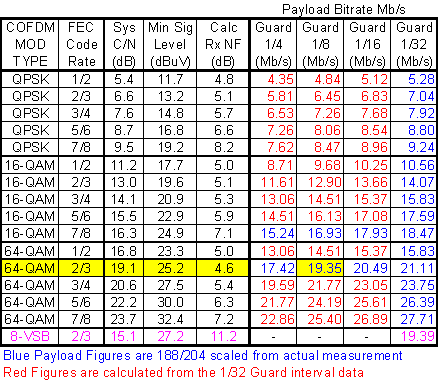
Table 1 - Receiver and Payload Parameter Comparison
AWGN Receiver Performance
|
Parameter |
DVB-T |
ATSC |
|
Carrier to Noise Threshold (in native system bandwidth) |
19.1 dB |
15.1 dB |
|
Simulated Theoretical C/N for optimum system |
16.5 dB |
14.9 dB |
|
Minimum Signal Level |
25.2 dBuV |
27.2 dBuV |
|
Apparent receiver noise figure |
4.6 dB |
11.2 dB |
|
Input Signal Level where Carrier to Noise Threshold degrades from system threshold by 1 dB |
34 dBuV |
35 dBuV |
Multipath & Flutter
|
Parameter |
DVB-T |
ATSC |
|
Single 7.2 us Coax pre ghost |
0 dB |
-13.5 dB |
|
Single 7.2 us Coax post ghost |
0 dB |
-2.2 dB |
|
Single 17.2 us Translator link pre ghost |
-3 dB |
-16.2 dB |
|
Single 17.2 us Translator link post ghost |
-8 dB |
-8.4 dB |
|
Echo correction range |
± 32 us |
+3 to -20 us |
|
Doppler single echo performance (-3 dB echoes) |
± 140 Hz |
± 1 Hz |
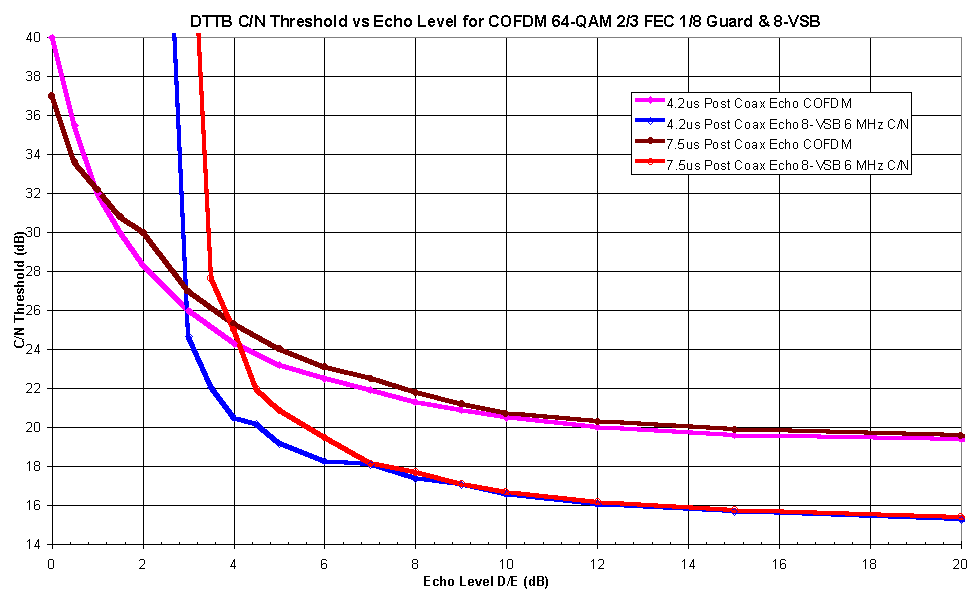
Figure 1 – DTTB C/N Threshold vs Echo Performance
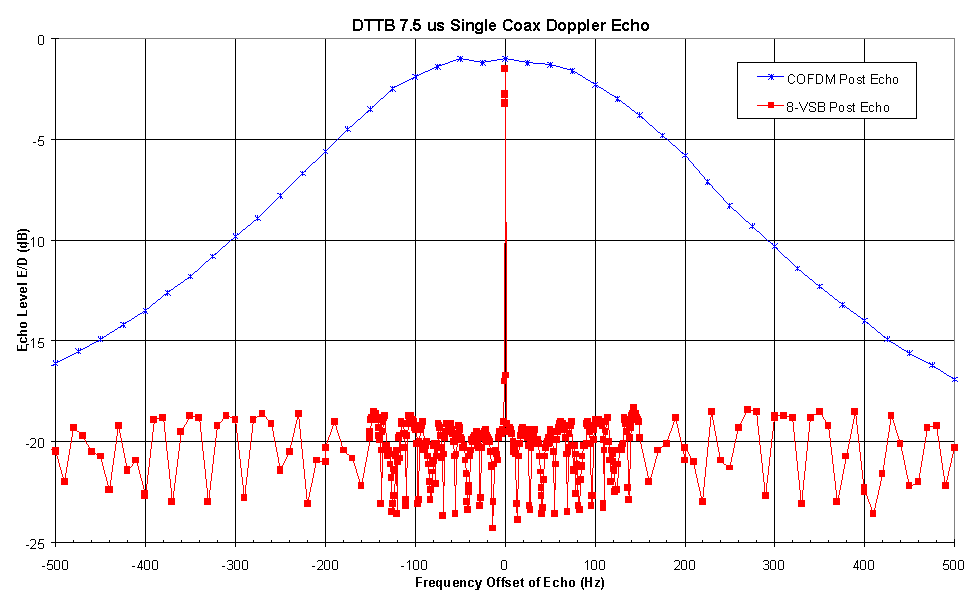
Figure 2 - DTTB Doppler Echo Performance
Transmission System
|
Parameter |
DVB-T |
ATSC |
|
Transmitter/Translator Linearity & Inter-mod Sensitivity |
Low |
High |
|
Group Delay / Combiner / Filter Sensitivity |
Low |
< 50 ns |
|
Suggested |
Manual Maintenance same as PAL |
Automatic Dynamic |
|
Gap Fill coverage - System Strategy |
IF Translator |
Digital Repeater |
During the conduct of the testing much effort was expended by the ATSC proponents on pre-correction and alignment of the transmission system. The 8-VSB system initially did not work through the translator link even though both PAL & COFDM had been successfully operated through the translator previously. After improvement of the link, to allow the 8-VSB system to operate, a remeasure of the COFDM system showed no change in system performance. The use of the translator link in the Laboratory testing showed the sensitivity of the ATSC 8-VSB system to non-linear translator equipment.
Impulse Noise
|
Parameter |
DVB-T |
ATSC |
|
Impulse Sensitivity (Differential to PAL grade 4) |
9-14 dB |
17-25 dB |
In Figure 3 below the
Blue ATSC signal is able to cope with the impulse noise at a lower DTTB signal level than the Purple DVB-T system.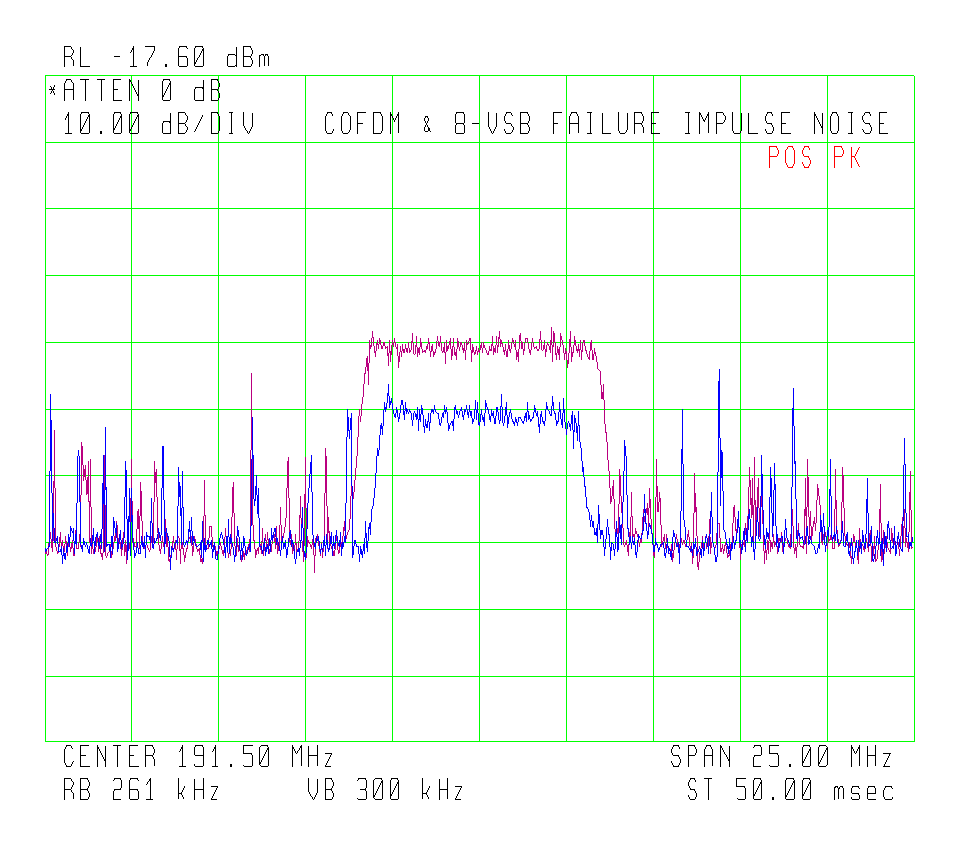
Figure 3 - DTTB Best Impulse Noise Performance
DTTB into PAL Interference
The DTTB systems were used as interferers to a fixed channel 8 PAL B service at the adjacent channel and co-channel positions. The Subjective Comparison Method (SCM) was used for the evaluation of protection ratio values. Using SCM the observer compares the interfered test picture with the interference level of a known sinewave interferer defined in ITU-R Rec 655. SCM levels of 30 and 40 dB were measured along with a Limit Of Perceptibility (LOP) evaluation. These measurements equate to Tropospheric, Continuous and Limit of Perceptibility interference measurements respectively detailed in ITU-R Rec. 655. A frame from a electronic graphic tape sequence containing saturated colour and luma gradations was used as a static PAL test frame. The PAL sound carriers were unmodulated during the subjective evaluation phase of the test however during setup the sound carriers were modulated with 400 Hz test tone and the receiver volume adjusted to a normal ambient level. Sound interference was only observed during the LOP evaluations as SCM is not applicable to sound.
|
DTTB into PAL B Protection D/U (dB) |
|||||||
|
System Test Description |
Mean |
StdDev |
Num |
Min |
Median |
Max |
|
|
DVB-T 7 MHz |
Ch 7 lower adj. ch. |
-9.5 |
3.3 |
12 |
-14.0 |
-10.0 |
-4.0 |
|
Tropospheric |
Ch 8 Co-Channel |
35.8 |
1.4 |
12 |
33.5 |
36.0 |
38.5 |
|
Interference |
Ch 9 upper adj. ch. |
-10.6 |
4.9 |
12 |
-20.0 |
-10.0 |
-3.0 |
|
DVB-T 7 MHz |
Ch 7 lower adj. ch. |
-5.3 |
3.8 |
12 |
-9.5 |
-6.5 |
2.5 |
|
Continuous |
Ch 8 Co-Channel |
41.1 |
2.0 |
12 |
38.5 |
40.8 |
45.0 |
|
Interference |
Ch 9 upper adj. ch. |
-6.4 |
4.3 |
12 |
-14.0 |
-6.8 |
1.0 |
|
DVB-T 7 MHz |
Ch 7 lower adj. ch. |
3.5 |
3.8 |
12 |
-2.5 |
2.8 |
10.0 |
|
Limit of |
Ch 8 Co-Channel |
50.4 |
0.9 |
14 |
48.5 |
50.3 |
52.0 |
|
Perceptibility |
Ch 9 upper adj. ch. |
5.1 |
5.8 |
16 |
-1.0 |
3.8 |
20.0 |
|
ATSC 6 MHz |
Ch 7 lower adj. ch. |
-7.0 |
3.4 |
15 |
-12.5 |
-7.0 |
-2.0 |
|
Tropospheric |
Ch 8 Co-Channel |
38.7 |
2.6 |
41 |
34.5 |
38.5 |
44.0 |
|
Interference |
Ch 9 upper adj. ch. |
-7.1 |
3.5 |
17 |
-14.0 |
-6.0 |
-3.5 |
|
ATSC 6 MHz |
Ch 7 lower adj. ch. |
-0.9 |
4.3 |
15 |
-5.5 |
-2.0 |
8.0 |
|
Continuous |
Ch 8 Co-Channel |
45.5 |
2.2 |
41 |
41.0 |
45.0 |
50.5 |
|
Interference |
Ch 9 upper adj. ch. |
-0.3 |
2.9 |
17 |
-5.5 |
0.0 |
3.0 |
|
ATSC 6 MHz |
Ch 7 lower adj. ch. |
5.0 |
4.4 |
15 |
0.0 |
4.0 |
13.0 |
|
Limit of |
Ch 8 Co-Channel |
51.4 |
2.5 |
41 |
47.0 |
51.5 |
56.5 |
|
Perceptibility |
Ch 9 upper adj. ch. |
5.4 |
3.1 |
17 |
0.0 |
4.5 |
10.5 |
Table 2 - DTTB into PAL B protection ratios, VHF Band III
The data has been obtained from an analysis of each of the individual measurements taken and is presented with the statistical variations observed. The analysis of this data varies from the original Lab Test Report 98/01 since the average data in that document was derived by averaging mean test data without regard to the number of samples in each test.
PAL into DTTB interference
The DTTB systems were fixed on the centre of channel 8 (191.5 MHz) while the interfering PAL B was moved between the adjacent channel positions either side of the normal channel 8 vision carrier frequency (189.25 MHz). The interference measurements were made by increasing the PAL-B power level, while measuring the error rate of a pseudo random data stream through the DTTB system under test, until the system reached the failure point.
|
DTTB System Parameters |
PAL into DTTB Protection (D/U) |
|||||
|
DTTB TYPE |
CONSTELLATION MODULATION |
FEC Code Rate |
Ch 7 Lower Adj Ch (dB) |
Co Channel (dB) |
Ch 9 Upper Adj Ch (dB) |
|
|
DVB-T-7 |
COFDM QPSK |
1/2 |
-44.8 |
-13.0 |
-49.2 |
|
|
DVB-T-7 |
COFDM QPSK |
2/3 |
-44.5 |
-8.4 |
-47.0 |
|
|
DVB-T-7 |
COFDM QPSK |
3/4 |
-43.7 |
-4.0 |
-45.3 |
|
|
DVB-T-7 |
COFDM QPSK |
5/6 |
-42.3 |
3.1 |
-43.3 |
|
|
DVB-T-7 |
COFDM QPSK |
7/8 |
-40.8 |
9.7 |
-42.0 |
|
|
DVB-T-7 |
COFDM 16-QAM |
1/2 |
-43.5 |
-8.8 |
-46.1 |
|
|
DVB-T-7 |
COFDM 16-QAM |
2/3 |
-42.1 |
-2.3 |
-43.3 |
|
|
DVB-T-7 |
COFDM 16-QAM |
3/4 |
-40.2 |
3.3 |
-41.2 |
|
|
DVB-T-7 |
COFDM 16-QAM |
5/6 |
-37.0 |
9.9 |
-39.1 |
|
|
DVB-T-7 |
COFDM 16-QAM |
7/8 |
-35.2 |
16.9 |
-37.3 |
|
|
DVB-T-7 |
COFDM 64-QAM |
1/2 |
-41.2 |
-3.1 |
-41.7 |
|
|
DVB-T-7 |
COFDM 64-QAM |
2/3 |
-35.4 |
1.4 |
-37.5 |
|
|
DVB-T-7 |
COFDM 64-QAM |
3/4 |
-35.0 |
10.8 |
-35.9 |
|
|
DVB-T-7 |
COFDM 64-QAM |
5/6 |
-31.2 |
17.1 |
-33.1 |
|
|
DVB-T-7 |
COFDM 64-QAM |
7/8 |
-28.9 |
22.6 |
-30.8 |
|
|
ATSC-6 |
8-VSB 8-AM |
2/3 |
-38.6 |
9.1 |
-38.7 |
|
Note: All DTTB variants used uniform modulation constellations.
Table 3 - PAL B into DTTB protection ratios, VHF Band III
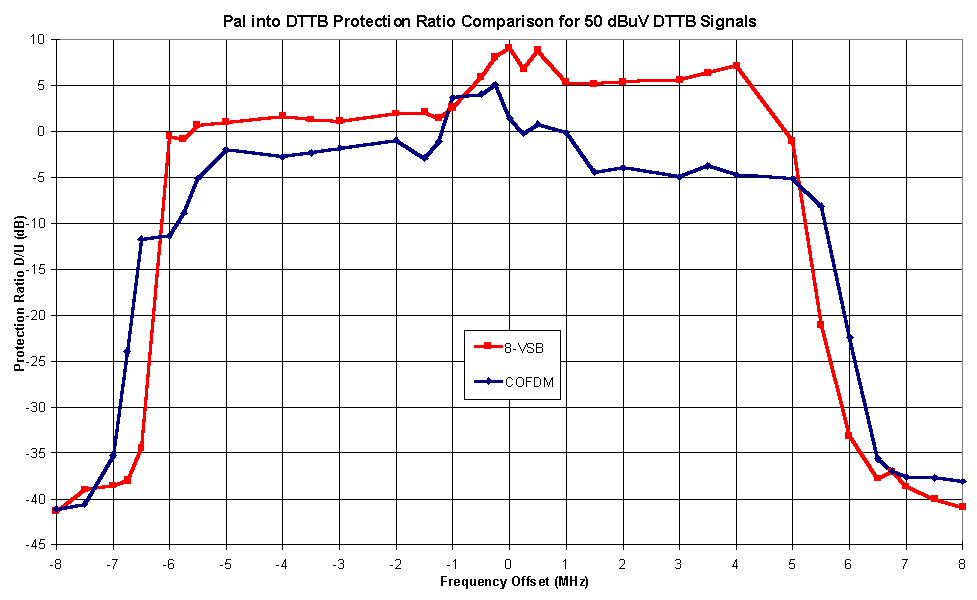
Figure 4 - PAL-B into DTTB ACI & CCI protection
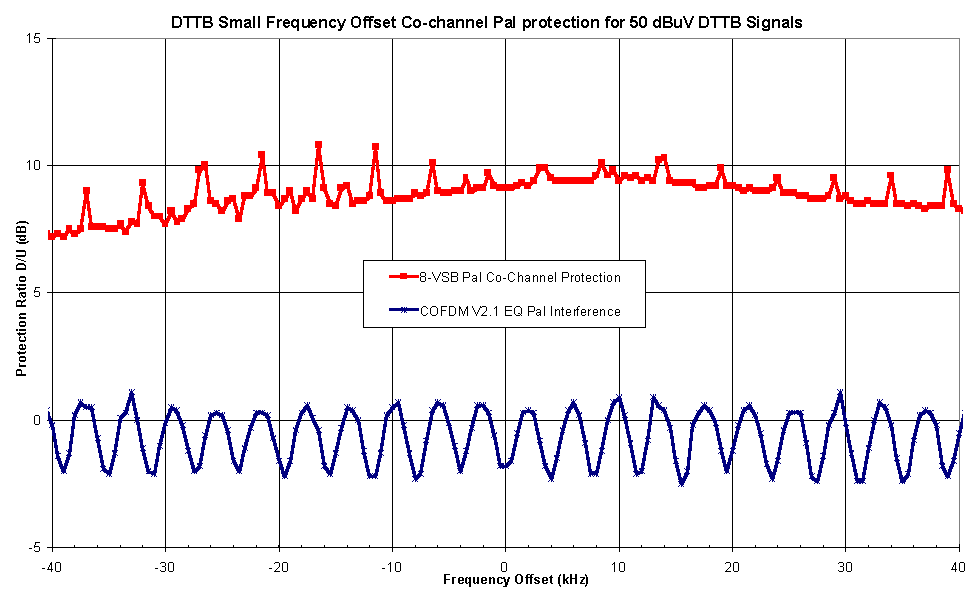
Figure 5 - PAL-B into DTTB Co Channel protection
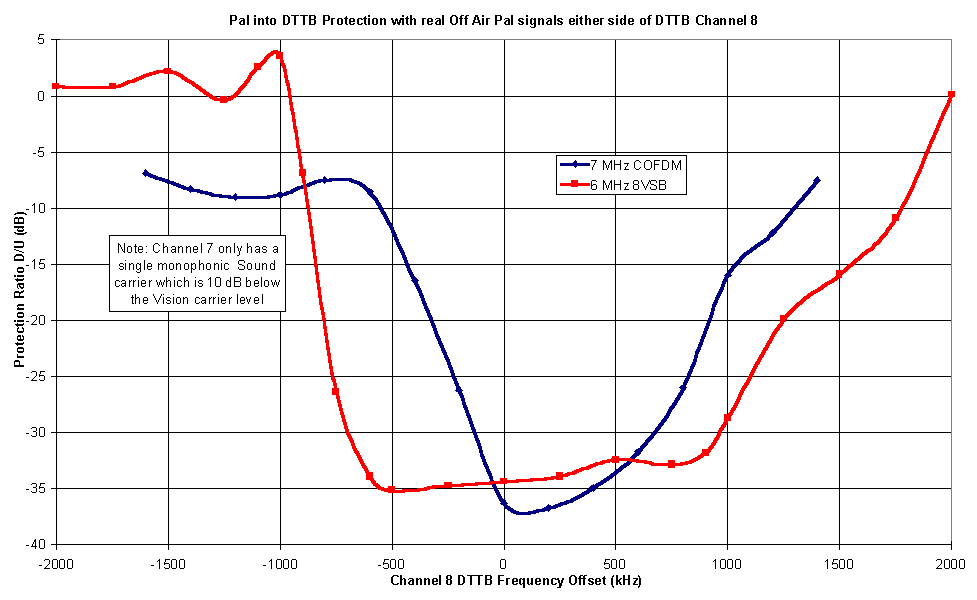
Figure 6 - Off air PAL into DTTB protection

Figure 7 - Adjacent PAL-B & 7 MHz COFDM signals at 0 dB relative to each other
CW into DTTB interference

Figure 8 - CW interference into DTTB protection
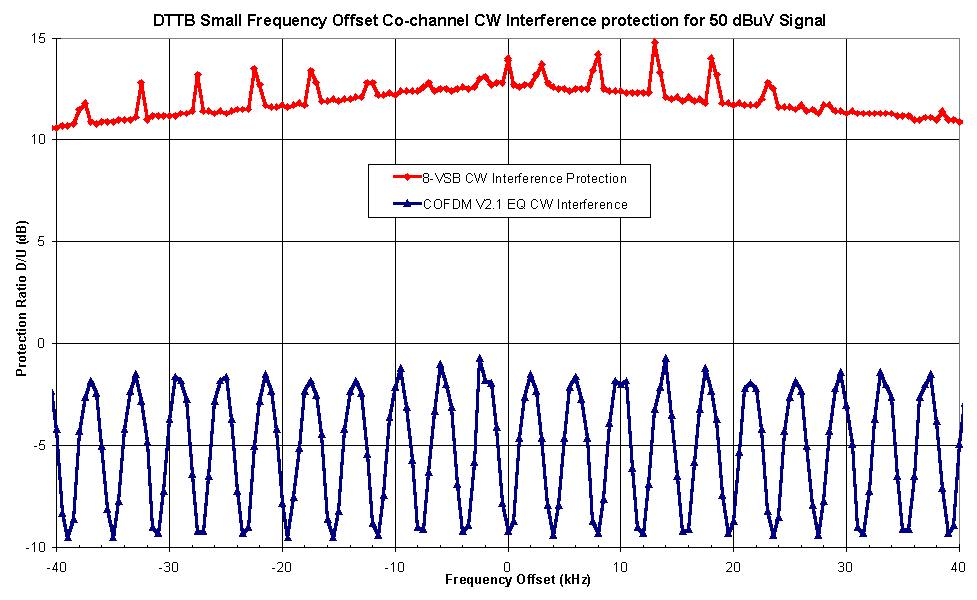
Figure 9 - CW into DTTB protection centre channel
DTTB into DTTB interference
The wanted DTTB signal was fixed on the centre of channel 8 (191.5 MHz) while the interfering DTTB signal was moved between the adjacent channel positions either side of the centre of channel 8 (191.5 MHz). The interference measurements were made by increasing the interfering DTTB power level, while measuring the error rate of a pseudo random data stream through the DTTB system under test, until the system reached the failure point.
|
DTTB System Parameters |
DTTB into DTTB Protection (D/U) |
|||||
|
DTTB TYPE |
CONSTELLATION MODULATION |
FEC Code Rate |
Ch 7 Lower Adj Ch (dB) |
Co Channel (dB) |
Ch 9 Upper Adj Ch (dB) |
|
|
DVB-T-7 |
COFDM 64-QAM |
2/3 |
-28.3 |
20 |
-28.5 |
|
|
ATSC-6 |
8-VSB 8-AM |
2/3 |
-30.4 |
14.6 |
-32.2 |
|
Note: All DTTB variants used uniform modulation constellations.
Table 4 - DTTB into DTTB protection ratios, VHF Band III 7 MHz channels
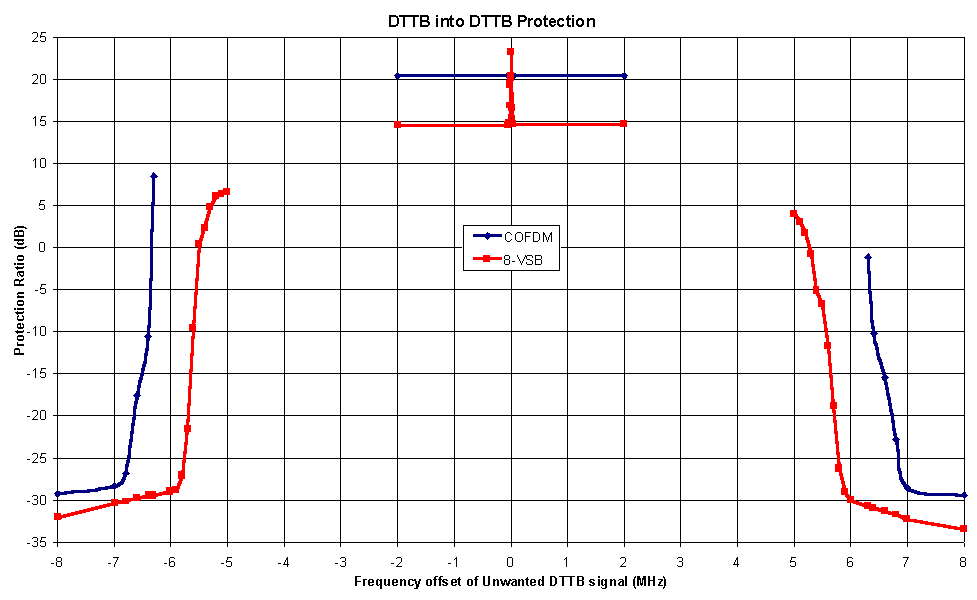
Figure 10 - DTTB into DTTB Protection
Conclusion
 Neil Pickford (B.Eng)
Neil Pickford (B.Eng)
Senior Engineer – Television Systems
Communications Lab
Relevant Comments
The following comments relate to items which were not measured but reflect input received from various sources.
It has been suggested by DVB that there may be up to 1.5 dB variation between the two methods if BER measurement used in the tests in the case of some types of impairment.
Relevant Comments - Multipath & Flutter
NDS have commented that a longer channel estimation filter has now been designed for their COFDM receiver which results in better AWGN performance in the presence of strong echoes.
Relevant Comments - Transmission system
The ATSC transmission system Dynamic Pre-corrector proposed for each transmitter will be difficult to apply in the combined antenna systems used in Australia.
Relevant Comments - Impulse Noise
DVB have indicated that Input signal clipping and AGC techniques can be used to minimise the impact of impulsive interference.
Relevant Comments - PAL into DTTB interference
NDS claim that the latest DVB-T receiver implementations have improved the Co-Channel performance further.
Relevant Comments - Conclusion
The DVB-T system, being a newer technology that has not even achieved it’s own theoretical performance, shows more scope for achieving future advances in performance and application.
If flexible operation (Fixed/Mobile, Data Rate) and interoperability (cable & satellite) are significant criterion then the DVB-T system seems to offer the best transmission solution.
![]() Return to 1998 Reports
Return to 1998 Reports
![]() Return to Lab Home
Return to Lab Home
Last update: 10/07/1998
Ext Hits: 10235